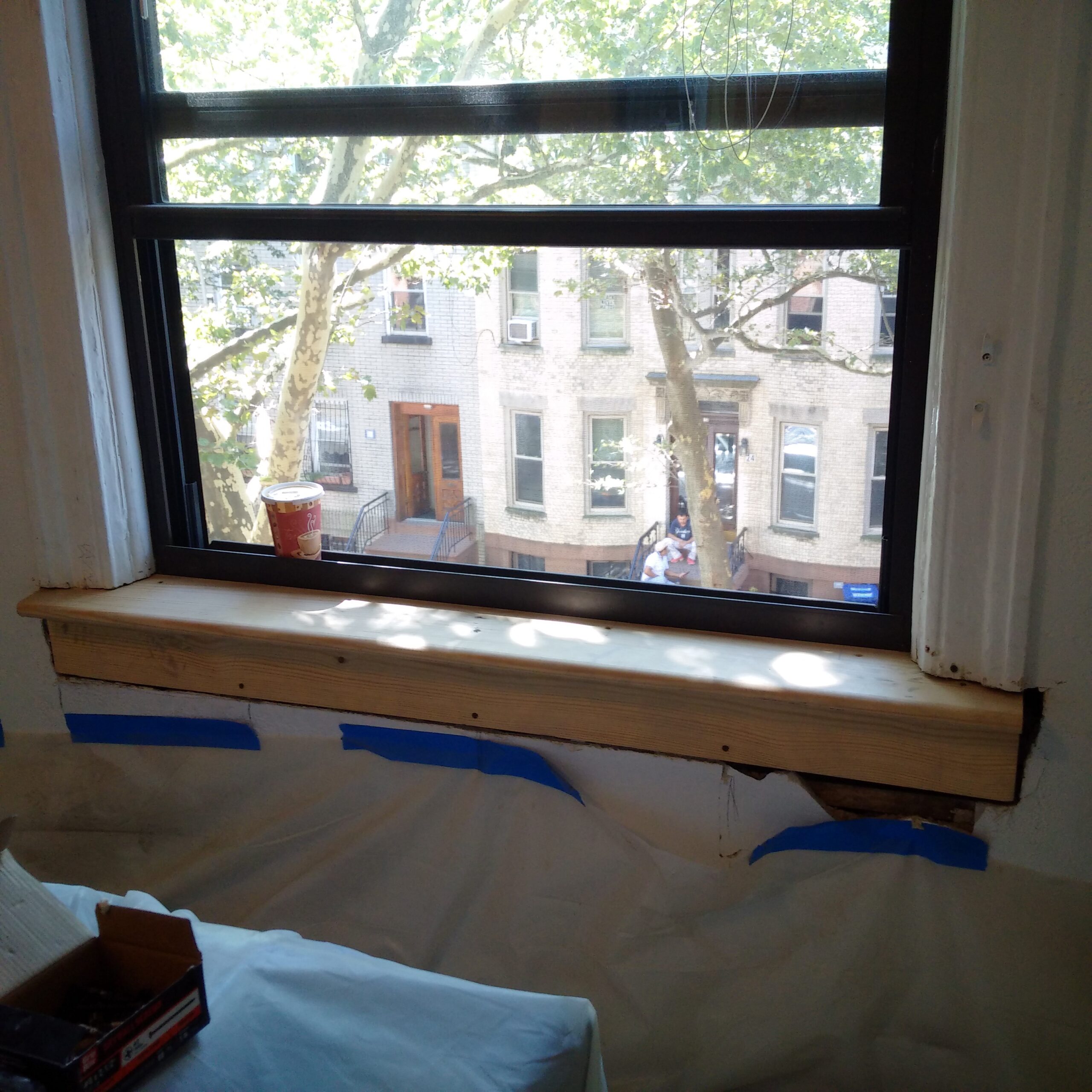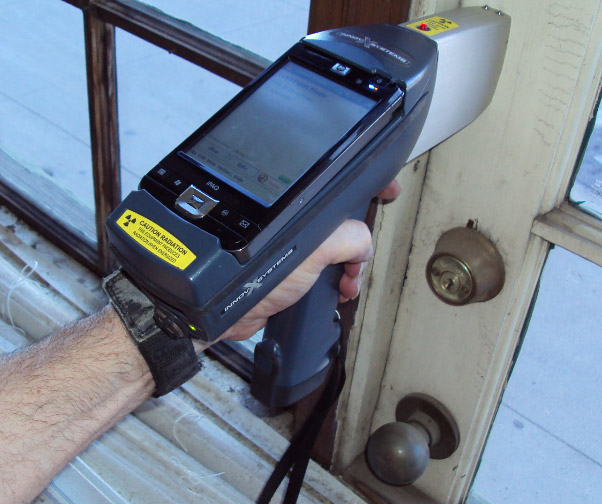Comprehensive Lead Paint Removal Service in NYC-- Licensed and Licensed
Comprehensive Lead Paint Removal Service in NYC-- Licensed and Licensed
Blog Article
Comprehensive Overview on Effective Lead Offense Removal Methods
In the realm of environmental safety, dealing with lead infractions demands a thorough and organized strategy. This extensive overview starts by highlighting the vital preliminary steps of recognizing lead hazards with sophisticated analysis and screening methods. The overview clarifies on the importance of sticking to strict safety procedures throughout the removal process, consisting of the usage of correct PPE and isolating affected locations.
Identifying Lead Hazards
Determining lead dangers is a vital very first step in mitigating the dangers associated with lead exposure. Lead, a poisonous steel, can be existing in numerous ecological mediums, consisting of paint, soil, water, and dust.
The first stage in determining lead dangers entails comprehending common lead sources within the constructed environment. Frameworks constructed before 1978 are specifically vulnerable due to the common usage of lead-based paint during that period. Furthermore, soil contamination can occur from deteriorating exterior paint, industrial exhausts, or historic use leaded fuel.
One more substantial resource is lead piping and plumbing components, which can leach introduce drinking water. Consumer goods such as toys, ceramics, and imported items might likewise have dangerous lead levels. Notably, work atmospheres and hobbies involving lead can track contaminants into homes.
Assessment and Screening
When dealing with lead hazards, reliable assessment and screening are critical. Initial analysis generally involves an aesthetic examination to identify prospective lead sources, such as degrading paint or contaminated dust.

Dirt clean sampling is another critical method, especially in household setups. By collecting examples from floors, windowsills, and other surfaces, this method gives understandings into prospective exposure risks. Moreover, soil testing around building perimeters is necessary to spot lead contamination that could present threats, particularly to youngsters.
Safe Removal Treatments
Upon finishing comprehensive analysis and testing, implementing risk-free removal treatments is the next important stage in resolving lead dangers. This procedure makes certain that lead-contaminated materials are successfully and safely removed, lessening risk to both employees and citizens. The initial step entails separating the affected area making use of plastic bed linen check that and appropriate sealing strategies to stop the spread of lead dust.
Workers should wear appropriate personal protective tools (PPE), consisting of respirators, gloves, and disposable coveralls, to mitigate direct exposure. Utilizing specialized tools and damp techniques, such as wet fining sand or using HEPA-filtered vacuums, lowers the diffusion of lead particles. It is crucial to avoid completely dry sanding or unpleasant blasting, as these techniques can generate unsafe lead dirt.
Garbage disposal is one more important element; all polluted materials must be firmly nabbed and labeled according to EPA and regional regulations. Furthermore, extensive cleaning of the work location with HEPA vacuums and damp wiping makes sure the removal of residual lead fragments.
Post-Removal Confirmation

Verification of effective lead elimination, known as post-removal confirmation, is imperative to guarantee the safety and security and habitability of the remediated area. This process includes a collection of precise evaluations and tests designed to discover any kind of recurring lead particles that may present health dangers. The first action normally consists of a visual inspection to assess the completion and quality of the removal work. This examination makes sure that all recognized sources of lead have actually been dealt with which no visible indicators of contamination remain. visit here
Adhering to the aesthetic read more examination, environmental sampling is performed. This includes collecting dust, dirt, and often water examples from the remediated location. Accredited research laboratories analyze these examples to gauge lead degrees, guaranteeing they drop below the security limits developed by regulative bodies such as the Environmental Security Firm (EPA)
Additionally, air quality screening may be done to find air-borne lead bits, particularly in cases where substantial lead-based paint removal or restoration has actually taken place. The results of these tests supply quantitative information validating that the lead levels are within allowable limitations.
Ultimately, post-removal confirmation acts as an essential checkpoint, validating the performance of the lead abatement initiatives and securing the health of owners and visitors.
Preventive Steps and Upkeep

A vital preventive step consists of making use of lead-safe certified service providers for any restoration, repair service, or painting tasks. These specialists are learnt methods that lessen lead dust and debris. Furthermore, keeping colored surface areas to stay clear of cracking or peeling off is important, as degrading paint can release lead particles right into the environment.
Educational initiatives targeting homeowner and tenants regarding the risks of lead and the significance of reporting any type of prospective hazards can additionally improve precautionary efforts. Regular cleansing making use of HEPA vacuums and damp mopping techniques can dramatically reduce lead dirt accumulation.
Conclusion
In summary, reliable lead violation removal necessitates a precise strategy incorporating complete evaluation, accurate testing, and stringent elimination procedures. Recurring evaluations and maintenance are important to minimize future lead threats, consequently securing public health and making sure sustained conformity with governing demands.
Report this page